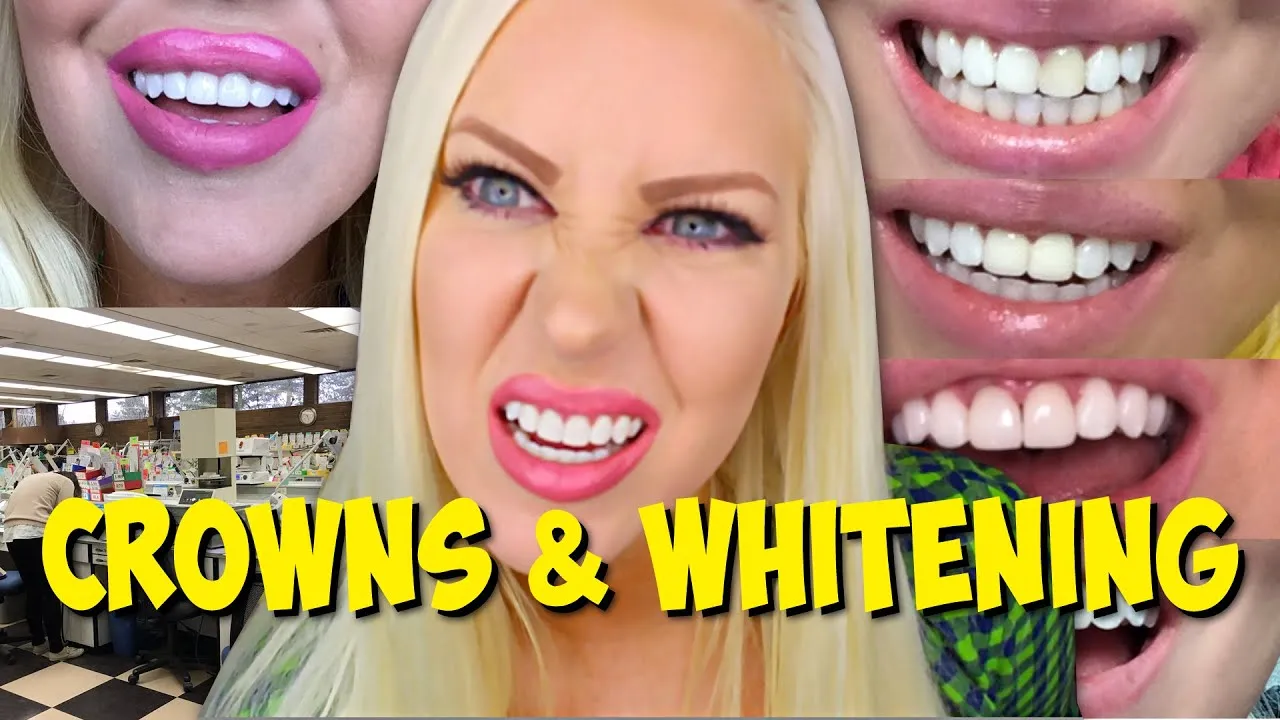Understanding Teeth Whitening with Crowns
Teeth whitening is a popular cosmetic dental procedure aimed at brightening the natural color of your teeth. However, when you have dental crowns, understanding how whitening treatments affect them is crucial. Crowns, unlike natural teeth, don’t respond to traditional whitening methods. This difference is a critical aspect to consider when you’re looking to enhance your smile. This article will guide you through the ins and outs of teeth whitening with crowns, providing insights into the process, potential challenges, and alternative solutions to help you achieve the radiant smile you desire. We’ll explore everything from the materials used in crowns to effective maintenance strategies, ensuring you’re well-informed every step of the way.
What are Dental Crowns and How They Work
Dental crowns, often referred to as caps, are custom-made coverings that encase a damaged or weakened tooth. They’re designed to restore the tooth’s shape, size, strength, and appearance. Crowns are used for various reasons, including protecting a tooth after a root canal, repairing a fractured tooth, or improving the aesthetics of a tooth that is severely discolored or misshapen. The process of getting a crown usually involves preparing the tooth by removing a portion of the enamel to make space for the crown. Then, an impression is taken to create a model for the crown, which is fabricated in a dental lab. The crown is then cemented onto the prepared tooth, effectively restoring its function and beauty. The crown acts as a protective shield, preventing further damage and helping the tooth withstand the forces of chewing and biting. (Image: dental-crowns-illustration)
The Materials Used in Dental Crowns
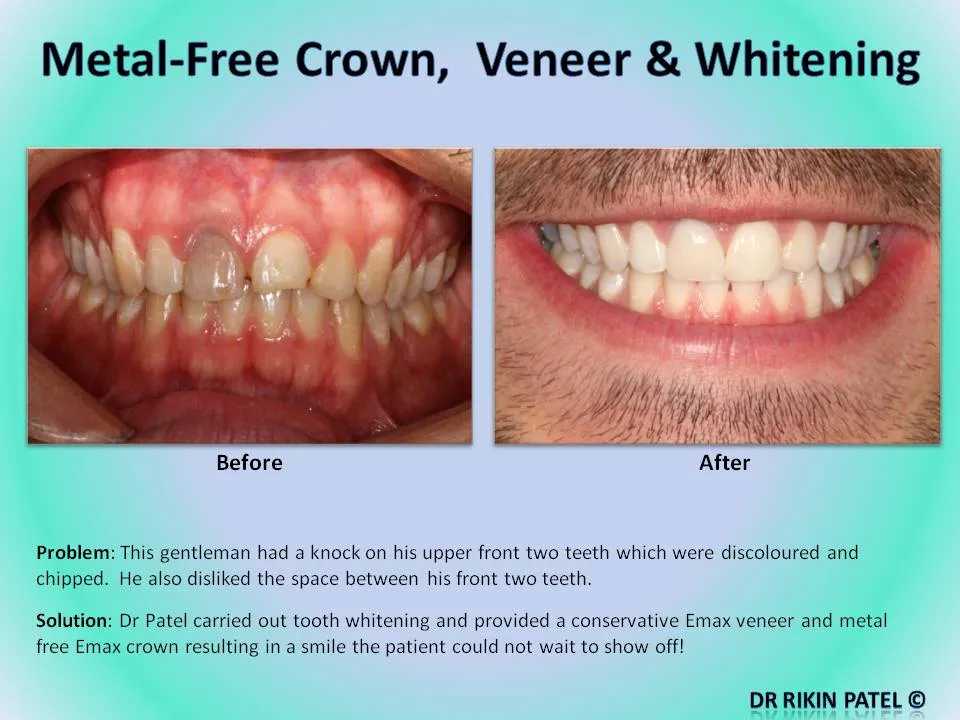
Crowns can be made from several materials, each offering different benefits in terms of aesthetics, durability, and cost. Porcelain-fused-to-metal (PFM) crowns combine the strength of a metal substructure with a porcelain exterior for a natural look. All-ceramic or all-porcelain crowns are known for their superior aesthetics, as they mimic the translucency of natural teeth, making them a great choice for front teeth. Zirconia crowns are gaining popularity due to their strength and natural appearance, and they can be used in both front and back teeth. Gold crowns are highly durable and biocompatible, often used in back teeth due to their strength, though their metallic appearance might not be as aesthetically pleasing for front teeth. The choice of material often depends on the location of the tooth, the patient’s bite, and aesthetic preferences. (Image: crown-materials-types)
The Impact of Teeth Whitening on Crowns
The primary issue with teeth whitening and crowns is that crowns, unlike natural teeth, do not respond to the bleaching agents used in whitening treatments. The materials used in crowns, such as porcelain or zirconia, are stain-resistant but are not porous like natural tooth enamel. Therefore, the whitening agents cannot penetrate the surface of the crown to change its color. This means that while you whiten your natural teeth, your crowns will remain the same shade. This can result in a mismatch of colors, where your natural teeth become brighter, while the crowns stay their original shade. This is why it’s important to discuss your whitening goals with your dentist before starting any treatments, especially if you have crowns.
Top 5 Things to Know Before Teeth Whitening with Crowns
Crowns Don’t Whiten
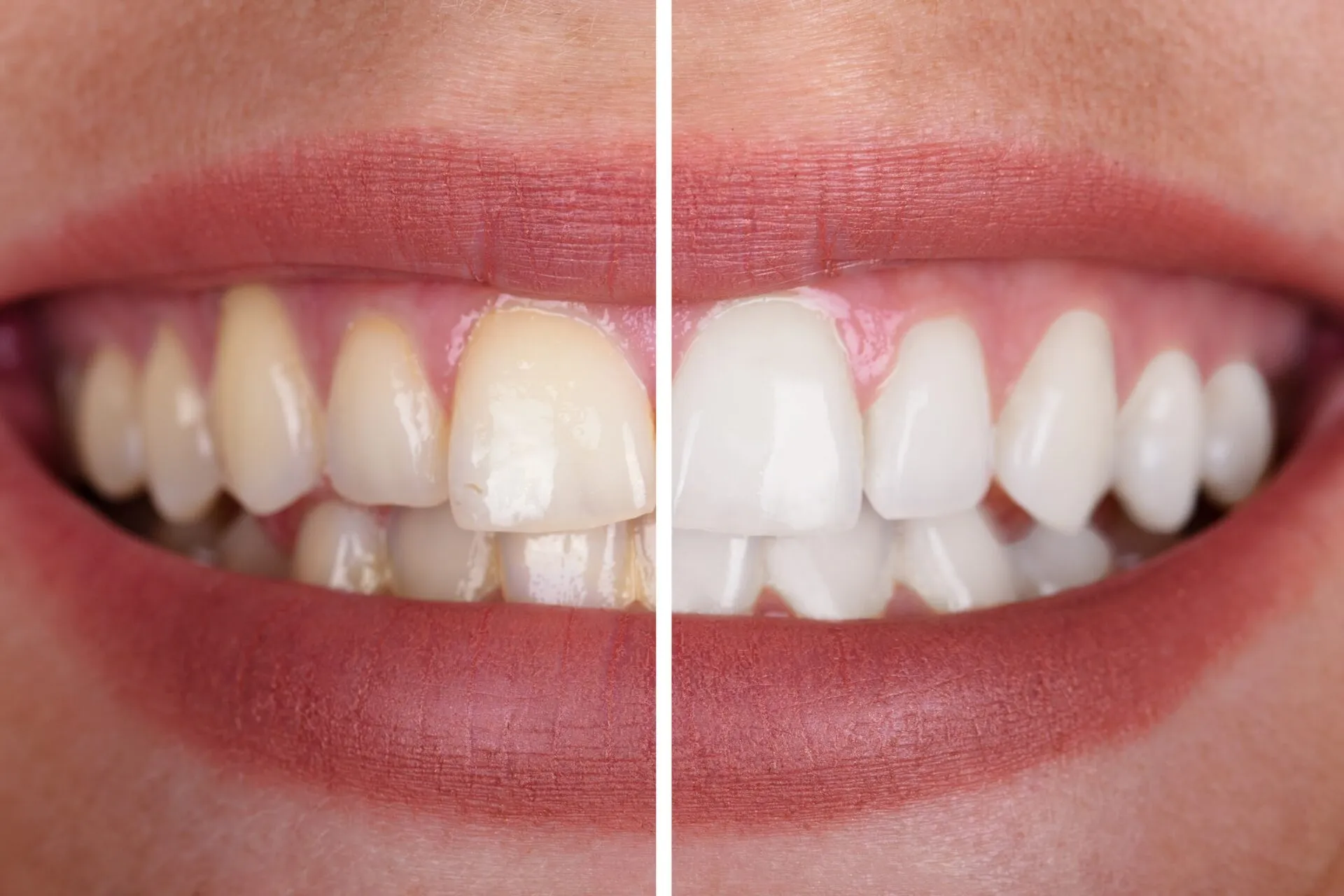
As established, crowns will not whiten with traditional whitening treatments. This is the most important factor to understand. The materials used in crowns are designed to be stain-resistant, but they don’t contain the same porous structure as natural teeth. This means that the whitening agents cannot penetrate and change the color of the crown. If you are considering teeth whitening, it’s essential to be aware that the crowns will remain their original shade. Before undergoing any whitening procedures, discuss the implications with your dentist to ensure you have realistic expectations and understand all your options.
Whitening Methods for Natural Teeth
There are several effective methods for whitening your natural teeth, and these can be tailored to your individual needs and preferences. Professional in-office whitening involves the application of a strong bleaching agent by your dentist, often combined with a special light or laser to enhance the whitening effect. At-home whitening kits, provided by your dentist, use custom-fitted trays and a lower concentration of bleaching gel, allowing you to whiten your teeth gradually at home. Over-the-counter whitening products, such as strips and toothpastes, are also available, but they typically contain lower concentrations of whitening agents and might not provide the same dramatic results as professional treatments. The best method for you will depend on your current tooth shade, the desired level of whitening, and the advice of your dentist.
Matching the Shade of Your Crowns
If you’re planning to whiten your natural teeth and have crowns, it’s crucial to consider how to match the shade of your crowns to your newly whitened teeth. One strategy is to have your dentist fabricate new crowns after your teeth have been whitened. This ensures that the crowns match the brighter shade of your natural teeth. Another approach is to whiten your teeth before getting crowns, so your dentist can match the shade of the new crowns to your already brightened teeth. This requires careful planning and communication with your dentist and lab technician to achieve the desired results. The key is to ensure a consistent and natural-looking smile, where your crowns blend seamlessly with your natural teeth. (Image: teeth-whitening-process)
Potential Solutions for Discolored Crowns
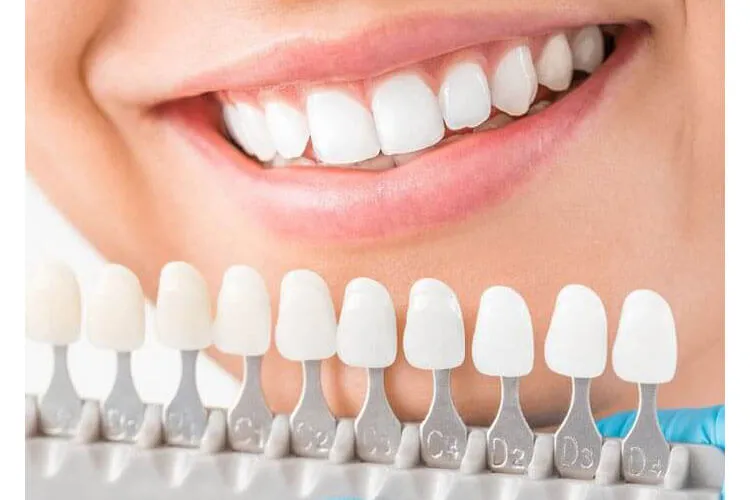
If your crowns are discolored or don’t match your natural teeth after whitening, there are several solutions you can explore. One option is to replace the crowns with new ones that better match your whitened teeth. This is often the most effective way to achieve a uniform smile. Another solution is to consider cosmetic adjustments to the crown, such as adding a thin layer of porcelain or composite material to change its shade, although this might not always be feasible. In some cases, the dentist might be able to polish the crown to remove surface stains. However, if the discoloration is internal, replacing the crown is often the best solution. Always discuss these options with your dentist to determine the most appropriate course of action. (Image: discolored-crowns-solution)
Consultation with Your Dentist
Before undertaking any teeth whitening or cosmetic dental procedures, consulting with your dentist is essential. Your dentist can assess your oral health, evaluate the condition of your crowns, and discuss your goals and expectations. They can also explain the potential outcomes of teeth whitening with crowns, recommend the best course of action, and provide personalized advice based on your specific situation. Your dentist will consider factors such as the type and age of your crowns, the shade of your natural teeth, and your overall oral health. They can also discuss alternative solutions, such as replacing your crowns or exploring other cosmetic procedures. This consultation ensures that you make informed decisions and achieve the best possible results.
Alternatives to Teeth Whitening with Crowns
Replacing Your Crowns
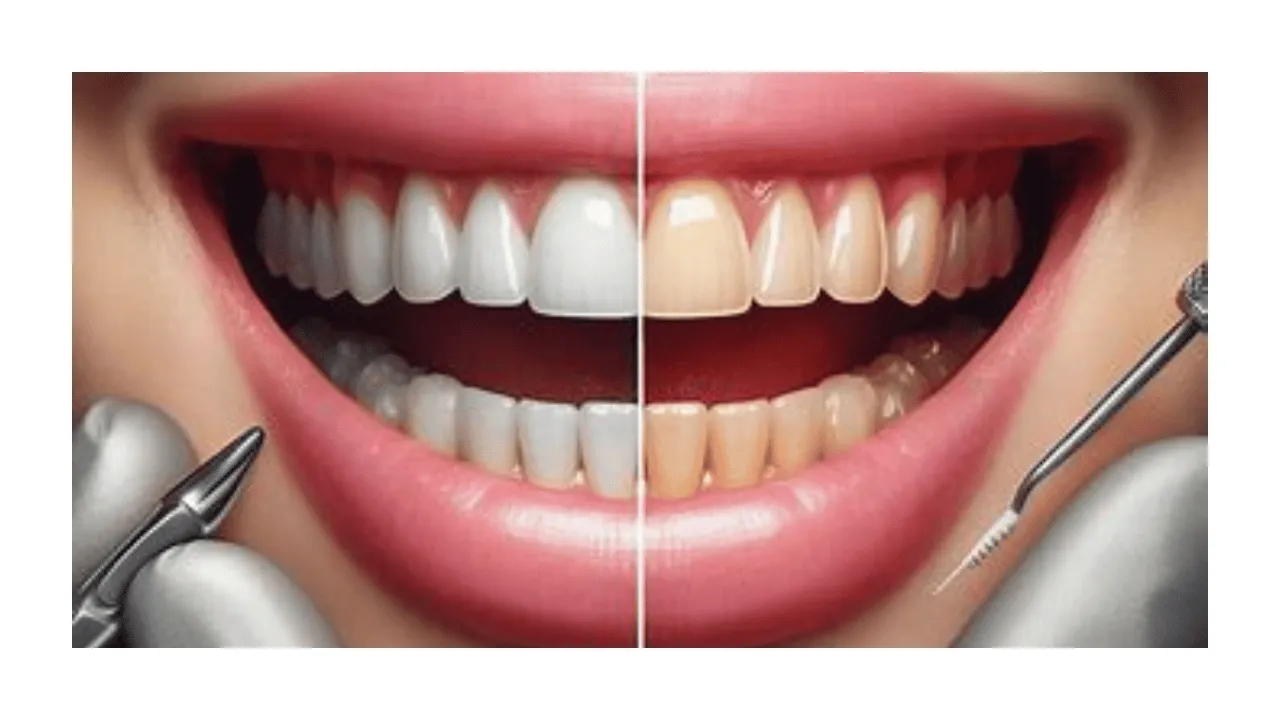
If you’re unhappy with the shade of your crowns after whitening your natural teeth, replacing the crowns with new ones is a viable option. This allows your dentist to match the shade of the new crowns to your whitened teeth, achieving a consistent and natural-looking smile. The process involves removing the old crowns, preparing the teeth, and taking new impressions. The new crowns are then fabricated in a dental lab to match the desired shade. This option provides a long-lasting solution and allows you to completely transform your smile. Discussing this option with your dentist will help you understand the best materials, costs, and timelines associated with crown replacement. This method is an investment in a beautiful and consistent smile that can boost your confidence.
Veneers as an Alternative
Dental veneers are thin, custom-made shells that are bonded to the front surface of teeth. They can be an alternative to crowns, especially when you’re looking to improve the appearance of your smile. Veneers are typically made from porcelain or composite resin and can be used to correct a variety of aesthetic issues, such as discoloration, chips, cracks, or gaps. The advantage of veneers is that they can be matched to the shade of your whitened teeth, creating a uniform and radiant smile. Veneers require less tooth preparation than crowns, making them a more conservative option. However, they are not as durable as crowns and might not be suitable for teeth with significant damage. Your dentist can determine if veneers are a suitable option for you based on your individual needs and oral health. (Image: veneers-alternative)
Maintaining a Bright Smile with Crowns
Oral Hygiene Practices
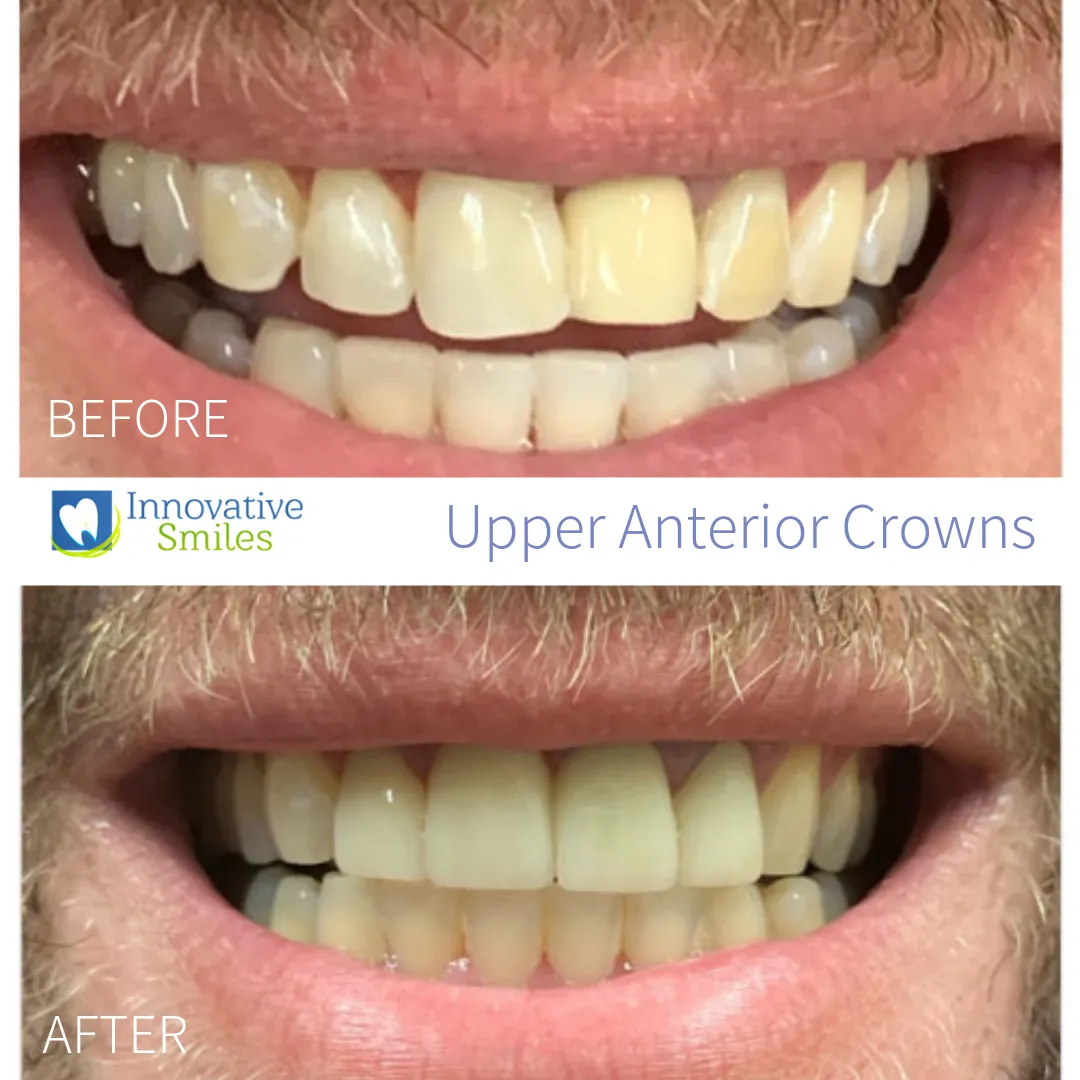
Maintaining a bright smile with crowns involves consistent and effective oral hygiene practices. Brush your teeth at least twice a day with fluoride toothpaste to remove plaque and food particles. Floss daily to clean between your teeth and under the gum line, where bacteria can accumulate. Consider using an antimicrobial mouthwash to further reduce bacteria and freshen your breath. Regular professional cleanings by your dentist or hygienist are also crucial for removing plaque and tartar that you can’t remove at home. Proper oral hygiene not only maintains the health of your natural teeth but also helps to keep your crowns in good condition, ensuring they look their best for longer. By following these practices, you can extend the lifespan of your crowns and maintain a healthy, bright smile.
Regular Dental Check-ups
Regular dental check-ups are essential for maintaining a bright smile with crowns. These check-ups allow your dentist to monitor the condition of your crowns, detect any potential issues early on, and provide necessary treatments. During your check-up, your dentist will examine your crowns for any signs of wear, damage, or decay around the margins. They’ll also assess your overall oral health, checking for gum disease and other issues that can affect your smile. Professional cleanings during your check-up remove plaque and tartar, keeping your natural teeth healthy and preventing discoloration. Regular check-ups also allow you to discuss any concerns or questions you have about your crowns or teeth whitening. Scheduling and attending regular dental appointments is a proactive way to protect your investment in a beautiful smile. (Image: oral-hygiene-tips)
Avoiding Staining Foods and Drinks
To maintain the brightness of your natural teeth and the appearance of your crowns, it’s important to avoid or limit the consumption of staining foods and drinks. Coffee, tea, red wine, and dark-colored sodas are common culprits that can stain teeth. Foods like berries, soy sauce, and curry can also contribute to staining. If you consume these items, rinse your mouth with water immediately afterward or brush your teeth. Using a straw when drinking beverages can also help minimize contact with your teeth. By being mindful of what you eat and drink, you can help preserve the color of your natural teeth and prevent your crowns from looking dull. Regular dental check-ups and cleanings can also help remove surface stains and maintain your bright smile.
